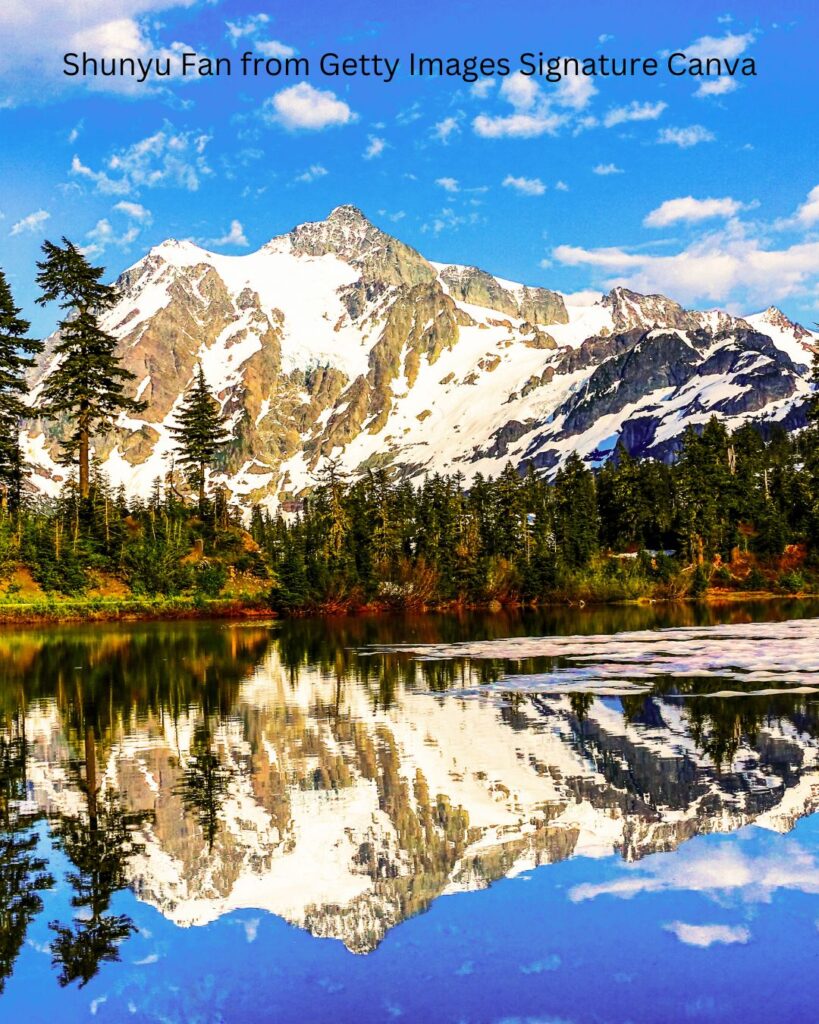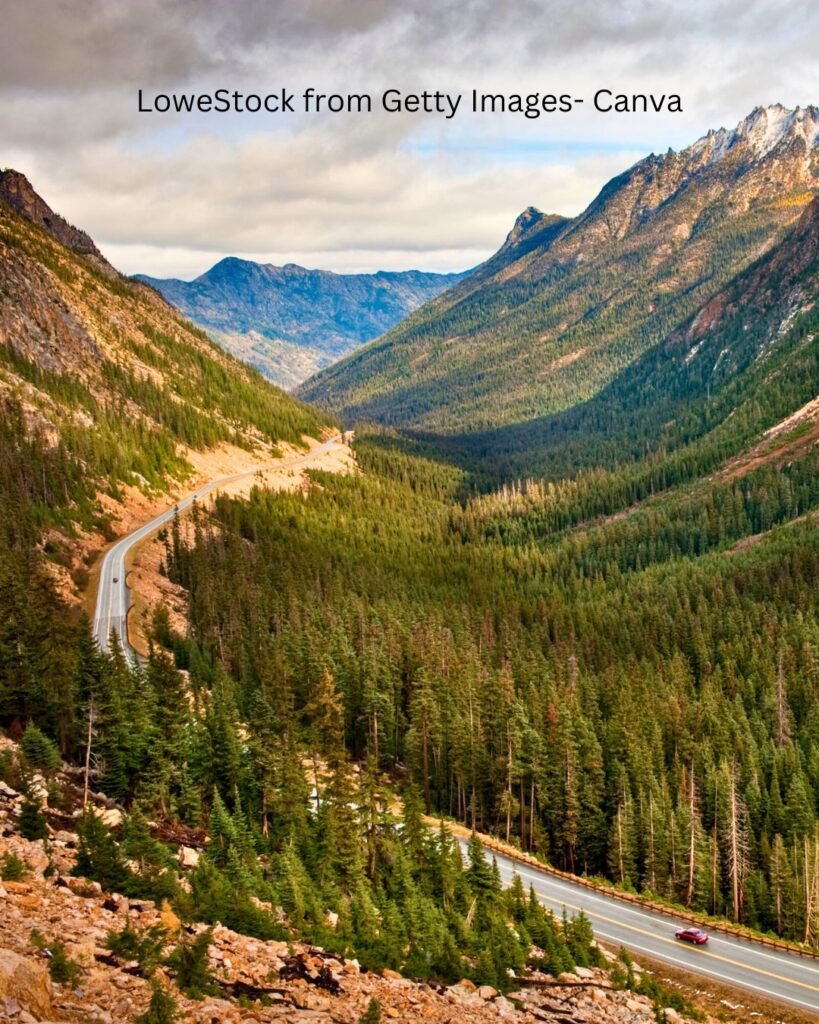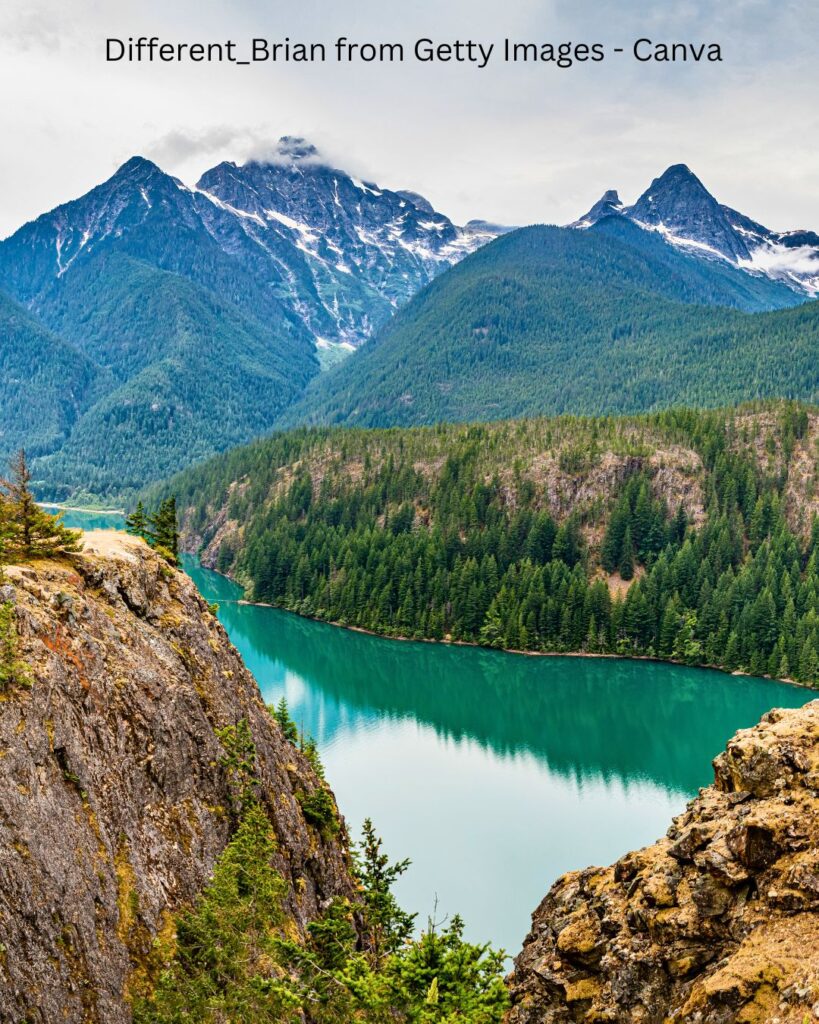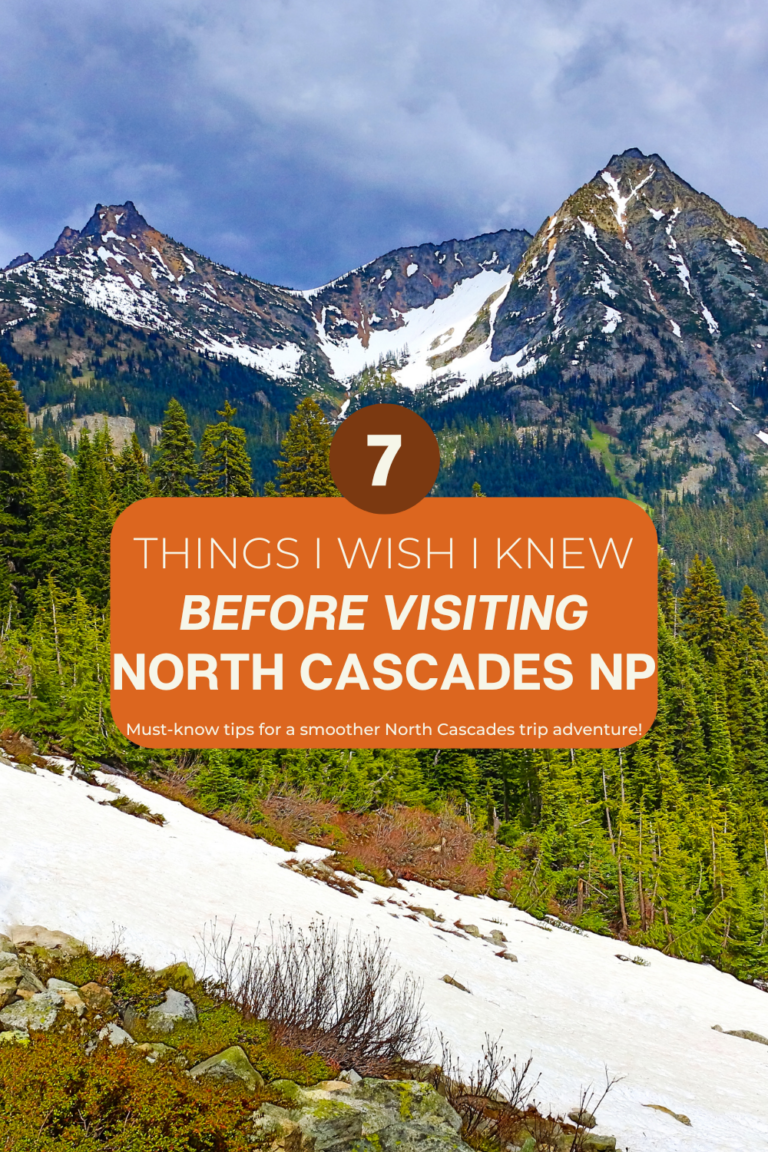North Cascades National Park, located in Washington State, is a remote and rugged wilderness known for its towering snow-capped peaks, alpine lakes, and diverse wildlife. While it offers breathtaking views and incredible hiking, there are a few things I wish I had known before visiting North Cascades National Park. If you’re planning a trip to this stunning park, here’s a detailed guide to help you prepare.
General Information About North Cascades National Park
North Cascades National Park is a true wilderness experience, offering rugged landscapes, alpine lakes, and some of the most remote hiking trails in the country. Here’s what you need to know before you go:
Location and Size
- Location: Situated in northern Washington State, North Cascades National Park is about two hours northeast of Seattle.
- Size: The park spans over 500,000 acres, making it one of the largest and least visited national parks in the U.S.
Accessibility and Best Time to Visit
- Accessibility: The park is best accessed by car, but be prepared for winding mountain roads and limited access during the winter months due to weather conditions.
- Best Time to Visit: The optimal visiting window is from mid-June to September, when the majority of trails are snow-free and weather conditions are more predictable.
Entrance Fees and Visitor Centers
- Entrance Fees: The entrance fee is $30 per vehicle, valid for seven days. If you plan to visit multiple parks, consider getting the America the Beautiful pass for broader access.
- Especially if you’re visiting all 3 Washington National Parks, the annual park pass is a no-brainer purchase.
- Visitor Centers: There are two main visitor centers—one near Newhalem (northern entrance) and one near Marblemount (southern entrance). These centers offer maps, information, and trail updates.
Weather and Gear
- Weather: Mountain weather can be unpredictable, even in summer. Always be prepared for rapidly changing conditions, especially at higher elevations.
- Gear: Pack layers, waterproof gear, and sufficient supplies like food and water, as services are minimal in the park.
Seven Things I Wish I Knew Before Visiting North Cascades National Park
1. Snow Lingers Well Into Summer
One of the biggest surprises I encountered was how much snow still covered the trails even in late summer. North Cascades National Park is known for its snow-capped peaks, and snow can persist well into the summer months, especially in higher elevations.

- Snow on Trails Above 4,000 Feet: Many of the trails above 4,000 feet are still covered in snow as late as July, making conditions slippery and challenging.
- Prepare for Slippery Terrain: Even if it’s warm and sunny at the lower elevations, be prepared for snowy, icy, or wet conditions higher up. It’s essential to be comfortable navigating snowy terrain.
- Essential Gear: Consider bringing microspikes or crampons for traction and trekking poles to help with stability. It was still snow covered when we visited in early JULY!
- Hiking Caution: Always check trail conditions on local websites or with park rangers before heading out.
2. The Park is Remote
North Cascades National Park is a beautiful, isolated park, and its seclusion is one of its main draws. But that also means the park is far from civilization.
- Limited Cell Service: Don’t rely on your phone for navigation or emergency services—cell service is almost nonexistent in many parts of the park.
- Minimal Amenities: Gas stations, restaurants, and stores are few and far between. It’s essential to stock up on food, water, gas, and any hiking or camping gear you need before entering the park.
- Self-Sufficiency is Key: You may find yourself in remote areas where it’s hard to get help. Prepare for unexpected delays or challenges by carrying extra supplies.
- Nearby Towns: The closest towns, like Marblemount, have some amenities, but they’re still quite far from most trailheads or scenic areas.
3. The Importance of Planning for Trail Access
Access to certain trails in North Cascades National Park can be more difficult than you might expect. Even in the summer months, road closures and trail conditions can change unexpectedly.

- Road Closures: Heavy snowfall, landslides, or maintenance can result in road closures that prevent you from reaching trailheads.
- When we visited the road to the closest parking to Cascade Pass was washed out, so we ended up hiking double the amount up the road.
- Trail Accessibility: Some trails may only be accessible during specific months, and others may require special permits or advance reservations.
- Always Research Ahead: Be sure to check the National Park’s website or the U.S. Forest Service for up-to-date information on road and trail closures.
- Flexible Itinerary: Be ready to adjust your plans on short notice in case of closures or weather delays.
- Download Trails: Given the park’s remoteness, it’s crucial to have trails downloaded for easy reference. We recommend using Alltrails+ for this!
4. Wildlife Encounters Are Common
North Cascades National Park is home to diverse wildlife, including bears, cougars, and other large mammals. Encounters are not only common but also part of what makes the park so unique.
- Bear Country: Black bears are abundant in the park, and grizzly bears have also been spotted. Be bear-aware and take precautions like carrying bear spray.
- Cougar Safety: Cougars (mountain lions) live in the park, and while attacks are rare, it’s important to know how to respond in case of an encounter.
- Proper Food Storage: Always store food and scented items in bear-resistant containers or hang them at least 10 feet off the ground and 4 feet away from any tree trunk.
- Respect Wildlife: Give all wildlife plenty of space. Do not approach animals, and keep your distance for both your safety and theirs.
5. The Best Viewpoints Require Effort
The park is known for its stunning views, but many of the most iconic viewpoints in North Cascades National Parkrequire strenuous hikes to reach.

- Cascade Pass: One of the most famous viewpoints, Cascade Pass, offers incredible vistas of glaciers and the surrounding mountains. However, it’s a challenging 3.7-mile uphill hike with significant elevation gain.
- Artist Point: Another breathtaking viewpoint, Artist Point, requires a difficult hike. The effort is worth it, but be prepared for a strenuous trek.
- Rewarding Challenges: Some of the most beautiful and rewarding views are only accessible after long hikes, so plan accordingly. Be ready to work for those stunning photos.
- Trail Difficulty: Most of the popular viewpoints are located on difficult or intermediate-level trails. Be prepared for challenging terrain and elevation gains.
6. Navigating Mountain Roads Can Be a Challenge
While driving in North Cascades National Park can be scenic, it’s also filled with challenges due to the park’s mountainous terrain.
- Narrow, Winding Roads: Many roads in the park are narrow, winding, and steep, which can be difficult for large vehicles, such as RVs or trailers.
- Gravel Roads to Trailheads: Many of the roads leading to trailheads are gravel and not paved, making them more challenging to navigate. Be prepared for rougher terrain, especially if you’re driving a smaller vehicle.
- Hairpin Turns: Be prepared for sharp, tight turns that may be difficult to navigate, especially if you’re unfamiliar with mountain driving.
- Limited Parking: Trailheads, scenic pull-offs, and viewpoints often have limited parking, and finding space can be difficult during peak season.
- Slow, Cautious Driving: Always drive slowly and cautiously, especially in bad weather. Check road conditions before heading out to avoid closed or dangerous routes.
7. Popular Spots Aren’t Always Technically in the Park
Some of the most iconic and popular destinations near North Cascades National Park are not actually within the park’s boundaries, even though they are close by and often included in park itineraries. Still, we highly recommend that you add these hikes to your itinerary!
- Ross Lake: While stunning, Ross Lake is not within the park, although it’s a popular spot for boating, fishing, and camping.
- Blue Lake: Another stunning area, Blue Lake is technically outside the park, but it’s easily accessible from nearby areas.
- Diablo Lake: Known for its vibrant turquoise waters, Diablo Lake is another must-see spot, though it’s just outside the park boundaries. It’s perfect for kayaking, photography, and enjoying breathtaking views.
- Plan Your Route: If you’re specifically looking to stay inside the park, be sure to map out your route carefully so you don’t miss out on any key locations that are outside the boundaries but still close.
Planning Your Itinerary
- Allow Plenty of Time for Travel: North Cascades National Park is a remote park, and roads leading to popular areas can be winding and slow. Plan for longer travel times between points of interest, and be prepared for some detours if roads are closed or under construction.
- Pick a Base Town: Consider staying in Marblemount or Winthrop for easy access to the park. These towns offer lodging, dining, and access to the park’s main entrances.
- Start Early: Many of the popular hiking trails and viewpoints can get crowded, especially during peak months. Starting your day early will help you avoid crowds and secure parking at trailheads.
Essential Packing List
- Bear Spray: If you plan on hiking, especially in more remote areas, carrying bear spray is highly recommended.
- Layered Clothing: Weather can change quickly in the mountains. Bring layers, including waterproof and windproof outer layers, even if the forecast is clear.
- Hiking Poles: These can help with traction on snow-covered trails and provide extra stability on steep terrain.
- Snacks and Water: Many trails lack water sources, so be sure to carry enough food and hydration to last the day.
- Offline Maps: Cell service is limited, so download offline maps or bring a paper map to navigate North Cascades National Park.
Embrace the Adventure in North Cascades
North Cascades National Park is a gem for outdoor enthusiasts, but like any remote wilderness, it comes with its challenges. With proper preparation, research, and respect for the park’s environment, you can have an unforgettable experience in this incredible national park. I hope these insights help you plan a safer, more enjoyable trip to one of Washington’s most stunning natural treasures.
Make sure you check out our other blog posts on National Parks!

